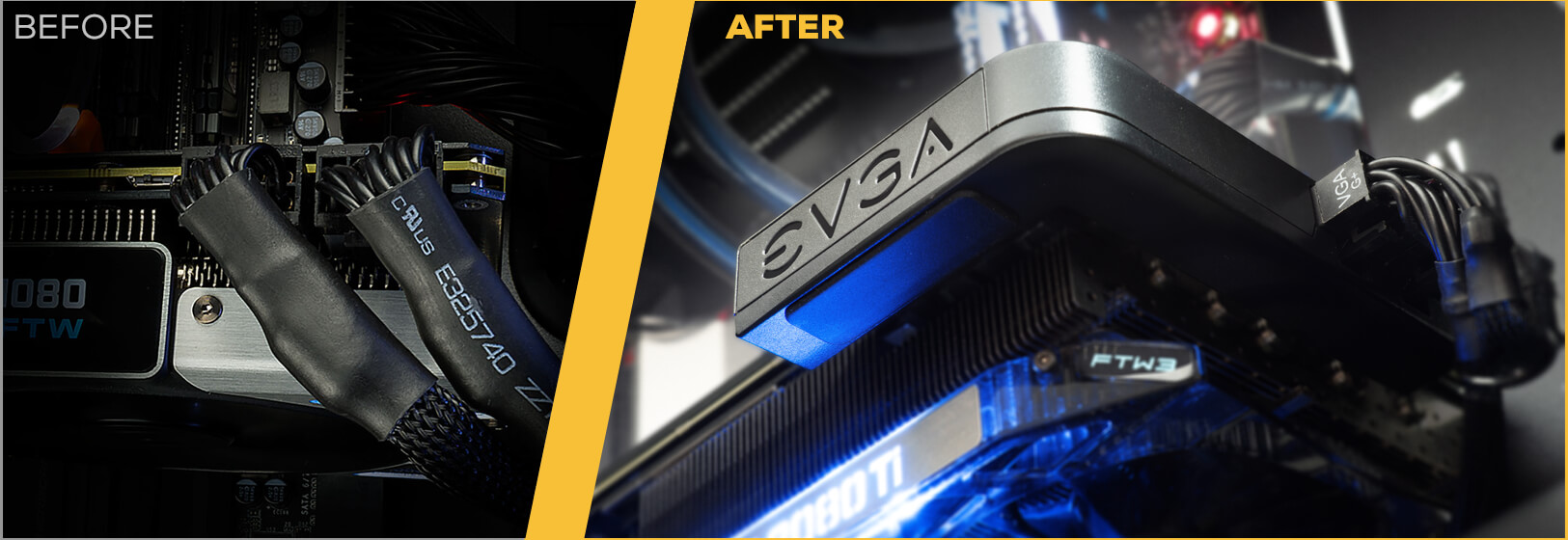I didnt read the article from Igor, but normally, heat happen at high resistance point. we can clearly see that heat happened at the junction of male/female connector. I dont know how Igor got to talk about soldering. The myth about crimping being better than soldering is for cold solder joint, where temperature of both element to joint dont get high enough and solder is just laid on them (that usually happen to people who arent experienced enough in soldering, IE: mechanics). I have been installing sound system, radio communication, car computers, ambulance and police electronic system, etc for many years when I was younger; and all joints were to be soldered and covered with a shrink. soldered joint create virtually no resistance, thus never create heat. Compared to a crimped connector, if moisture enter the joint, it create corrosion, and resistance and can create a lot of weird issue going from wire heating to radio communication interference.


